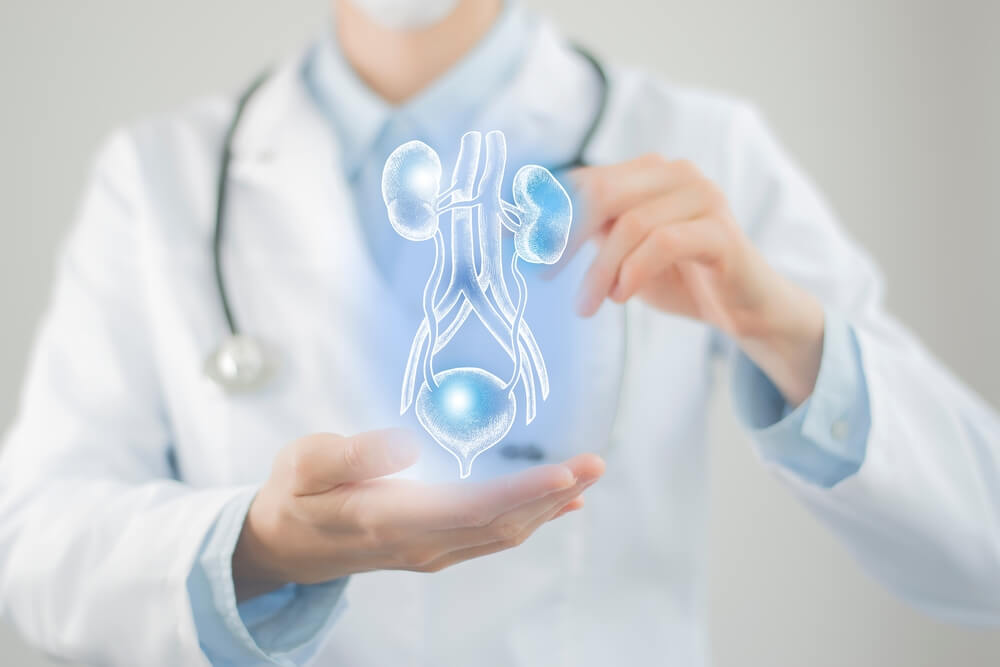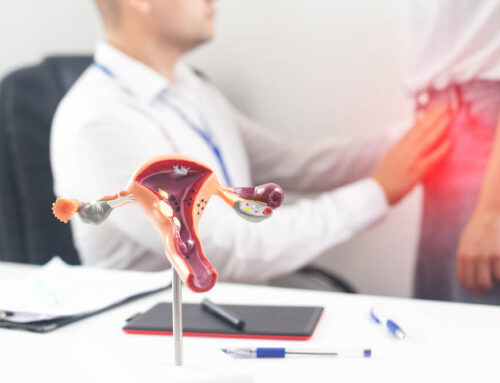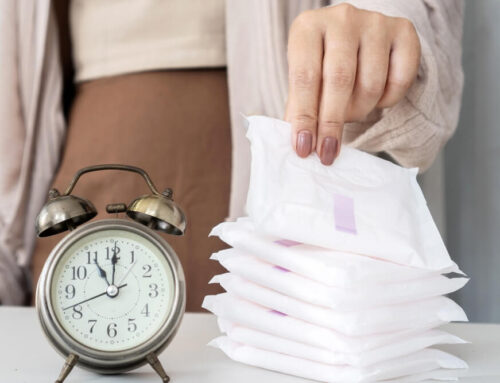Female urinary incontinence is a common yet often misunderstood condition that can significantly impact a woman’s quality of life. In this comprehensive guide, the experts at Women’s Health Partners will delve into the various aspects of urinary incontinence in women, exploring its causes, symptoms, and available treatments to empower women with the knowledge they need for effective management and improved well-being.
Understanding Female Urinary Incontinence
What is Urinary Incontinence?
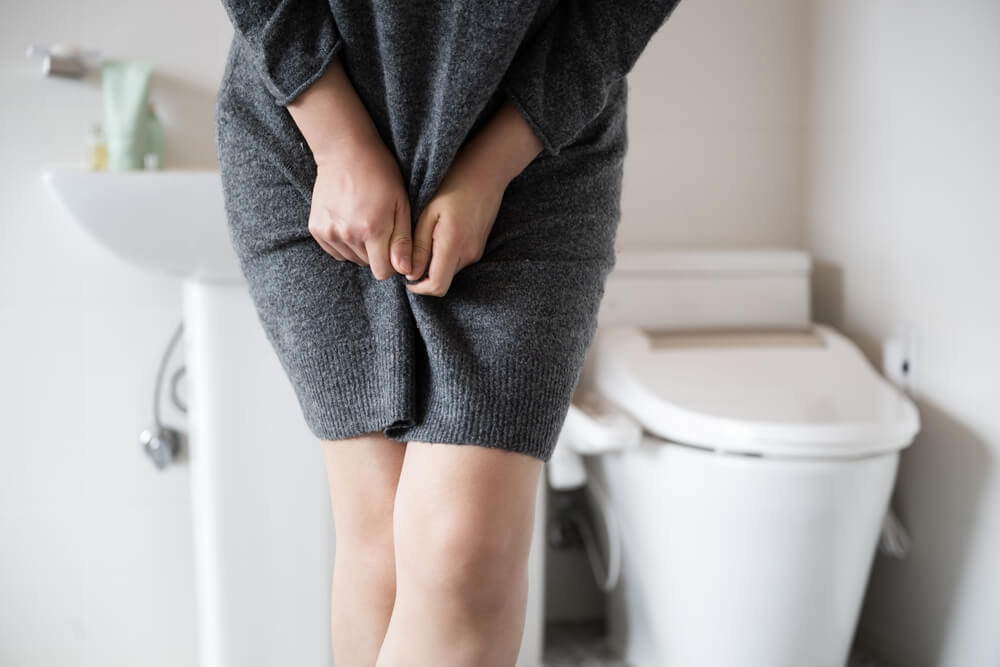
Urinary incontinence is a condition characterized by the involuntary leakage of urine, and it affects women of all ages. The severity of symptoms can vary, ranging from occasional mild leaks to a complete loss of bladder control. It’s crucial to recognize that urinary incontinence is not just a normal part of aging, and effective treatment options are available to address this common concern.
Urinary incontinence can significantly impact a woman’s physical, emotional, and social well-being, underscoring the importance of seeking timely medical attention. While the condition becomes more prevalent with age, it is not exclusive to older women, and younger individuals may also experience its challenges. It’s vital for women to understand that discussing symptoms with healthcare providers is a proactive step towards regaining control over their bladder health. Early intervention allows for a more comprehensive assessment of the underlying causes and facilitates the exploration of tailored treatment plans. By dispelling the notion that urinary incontinence is an inevitable aspect of aging, women can empower themselves with the knowledge that effective solutions exist, promoting a fuller and more active lifestyle.
Causes of Urinary Incontinence
Muscle Weakness
Weakness in the pelvic floor muscles, which support the bladder and urethra, is a common cause of urinary incontinence in women. Pregnancy, childbirth, and hormonal changes associated with menopause can contribute to the weakening of these muscles.
Nerve Damage
Nerve damage or dysfunction can disrupt the signals between the bladder and the brain, leading to urinary incontinence. Conditions such as diabetes, multiple sclerosis, and stroke can contribute to nerve-related incontinence.
Hormonal Changes
Hormonal fluctuations, particularly during pregnancy, childbirth, and menopause, can influence bladder control. The decline in estrogen levels during menopause, for example, can lead to changes in the urinary tract that contribute to incontinence.
Urinary Tract Infections (UTIs)
Infections in the urinary tract can irritate the bladder and lead to temporary incontinence. Prompt treatment of urinary tract infections is essential to prevent recurring or persistent incontinence.
Obesity
Excess weight can put additional pressure on the bladder and pelvic floor muscles, contributing to stress incontinence, which occurs when physical activity or pressure on the abdomen leads to urine leakage.
Symptoms and Types of Urinary Incontinence
- Stress Incontinence: This type of incontinence is characterized by leakage during activities that exert pressure on the bladder, such as coughing, sneezing, or lifting heavy objects. Weakness in the pelvic floor muscles is often a contributing factor.
- Urge Incontinence: Also known as overactive bladder, urge incontinence involves a sudden, intense urge to urinate, followed by involuntary urine leakage. It can be caused by bladder muscle contractions that are too strong or occur at inappropriate times.
- Overflow Incontinence: In this type, the bladder doesn’t empty properly, leading to constant dribbling or a frequent need to urinate. It can result from conditions that obstruct the flow of urine, such as an enlarged prostate or pelvic organ prolapse.
- Mixed Incontinence: Some women may experience a combination of stress and urge incontinence, known as mixed incontinence. It requires a tailored treatment approach that addresses both aspects of the condition.
Urinary Incontinence Treatment
Pelvic Floor Exercises (Kegels)
Strengthening the pelvic floor muscles through Kegel exercises can significantly improve bladder control. Regular and correctly performed exercises can help prevent and alleviate incontinence symptoms.
Lifestyle Modifications
Making certain lifestyle changes, such as maintaining a healthy weight, avoiding bladder irritants like caffeine and alcohol, and practicing timed voiding, can contribute to better bladder health.
Behavioral Therapies
Behavioral therapies, including bladder training and biofeedback, aim to modify patterns of behavior and improve bladder control. These approaches can be particularly beneficial for women with urge incontinence.
Medications
Certain medications, such as anticholinergics and beta-3 agonists, may be prescribed to help relax the bladder or reduce overactive bladder symptoms. However, it’s important to discuss potential side effects and benefits with a healthcare provider.
Surgical Interventions
In cases where conservative measures are not effective, surgical options like slings, bladder neck suspension, or artificial sphincters may be considered. These procedures aim to provide additional support to the bladder and urethra.
Advanced Urinary Incontinence Treatment
While pelvic floor exercises, lifestyle modifications, behavioral therapies, medications, and surgical interventions form a comprehensive spectrum of treatment options for urinary incontinence, advanced strategies can further tailor approaches to individual needs.
Advanced Pelvic Floor Rehabilitation
Beyond traditional Kegel exercises, advanced pelvic floor rehabilitation may involve working with a specialized physical therapist. Biofeedback techniques, electrical stimulation, and targeted exercises under professional guidance can optimize the effectiveness of pelvic floor muscle strengthening. These sessions provide a more nuanced and personalized approach to address specific muscle weaknesses and imbalances.
Nutritional Counseling
An often-overlooked aspect of urinary incontinence management involves addressing dietary factors. Working with a nutritionist or dietitian can help identify and modify food and beverage choices that may contribute to bladder irritation. Personalized dietary plans can be designed to minimize triggers and optimize overall bladder health.
Acupuncture and Alternative Therapies
Some women find relief from urinary incontinence symptoms through alternative therapies like acupuncture. Acupuncture may stimulate specific points associated with bladder function and promote a balancing effect on the body. While research on the efficacy of alternative therapies is ongoing, some individuals experience improvements in bladder control and overall well-being.
Intravesical Botulinum Toxin Injections
For women with refractory overactive bladder symptoms, intravesical botulinum toxin injections may be considered. This minimally invasive procedure involves injecting botulinum toxin directly into the bladder muscle, temporarily paralyzing it and reducing involuntary contractions. The effects typically last several months, providing relief for those who do not respond to conventional treatments.
Neuromodulation Techniques
Neuromodulation involves the targeted stimulation or modulation of nerves involved in bladder function. Sacral nerve stimulation, for example, is a therapy that uses a small device implanted under the skin to deliver electrical impulses to the sacral nerves, helping to regulate bladder function. These advanced neuromodulation techniques are reserved for specific cases and are usually considered when other treatments have not been successful.
Regenerative Medicine Approaches
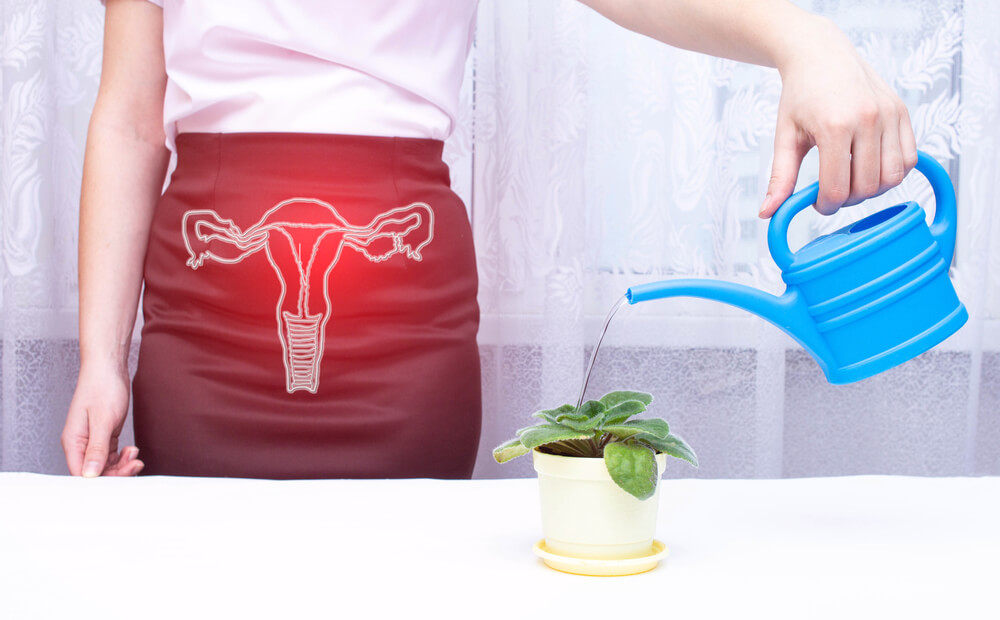
Emerging research in regenerative medicine explores the use of stem cells and other biological materials to repair and regenerate damaged tissues in the urinary tract. While these approaches are still in the experimental stages, they hold promise for the future as potential non-surgical alternatives for addressing the root causes of urinary incontinence.
Conclusion
Female urinary incontinence is a common condition with various causes and treatment options. Understanding the factors contributing to incontinence and seeking timely and appropriate treatment can significantly improve the quality of life for women dealing with this condition. If you are experiencing symptoms of urinary incontinence, it’s crucial to consult with a healthcare provider for a comprehensive evaluation and personalized treatment plan tailored to your specific needs. Empower yourself with knowledge, and take proactive steps towards managing and overcoming female urinary incontinence.


